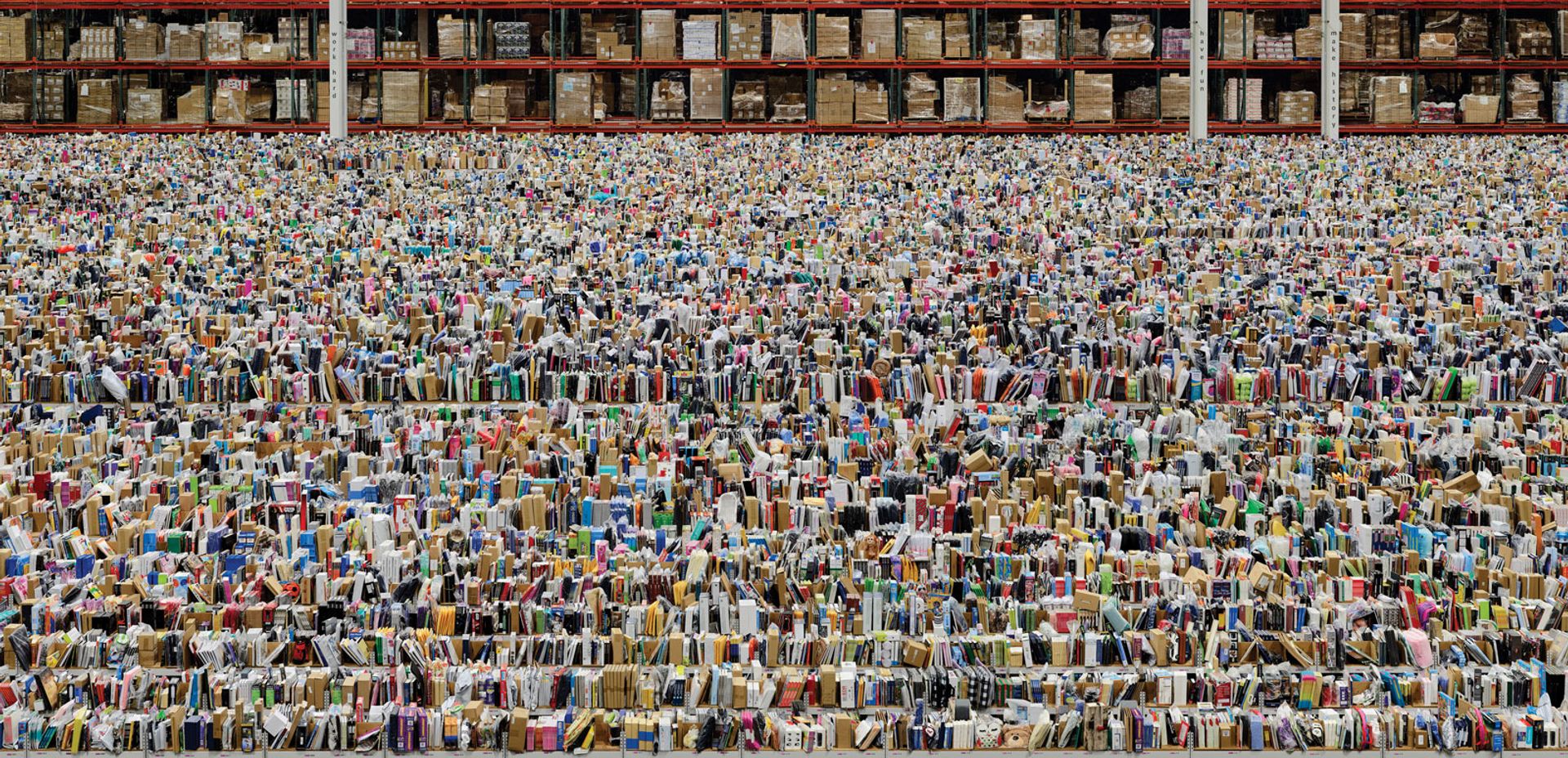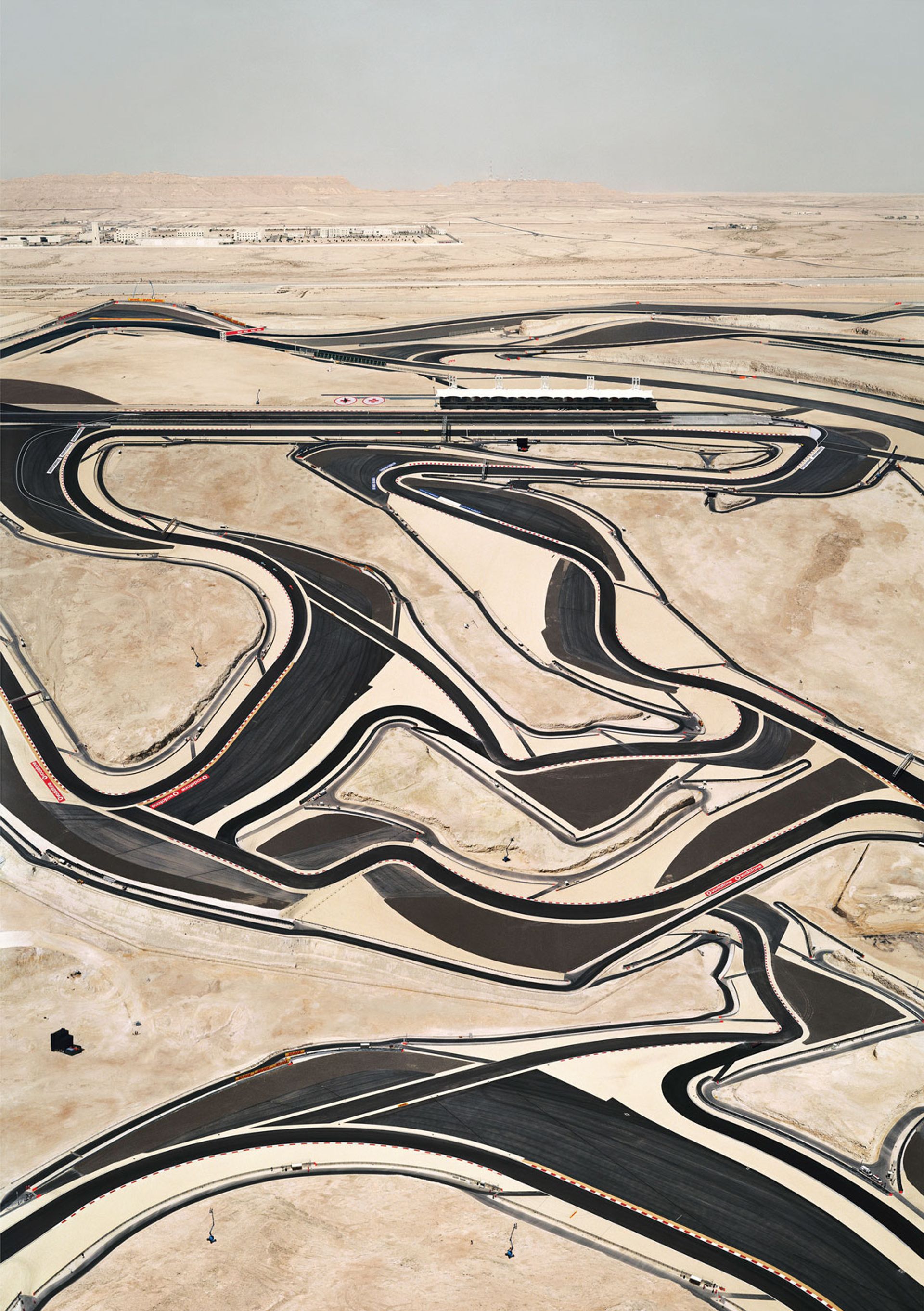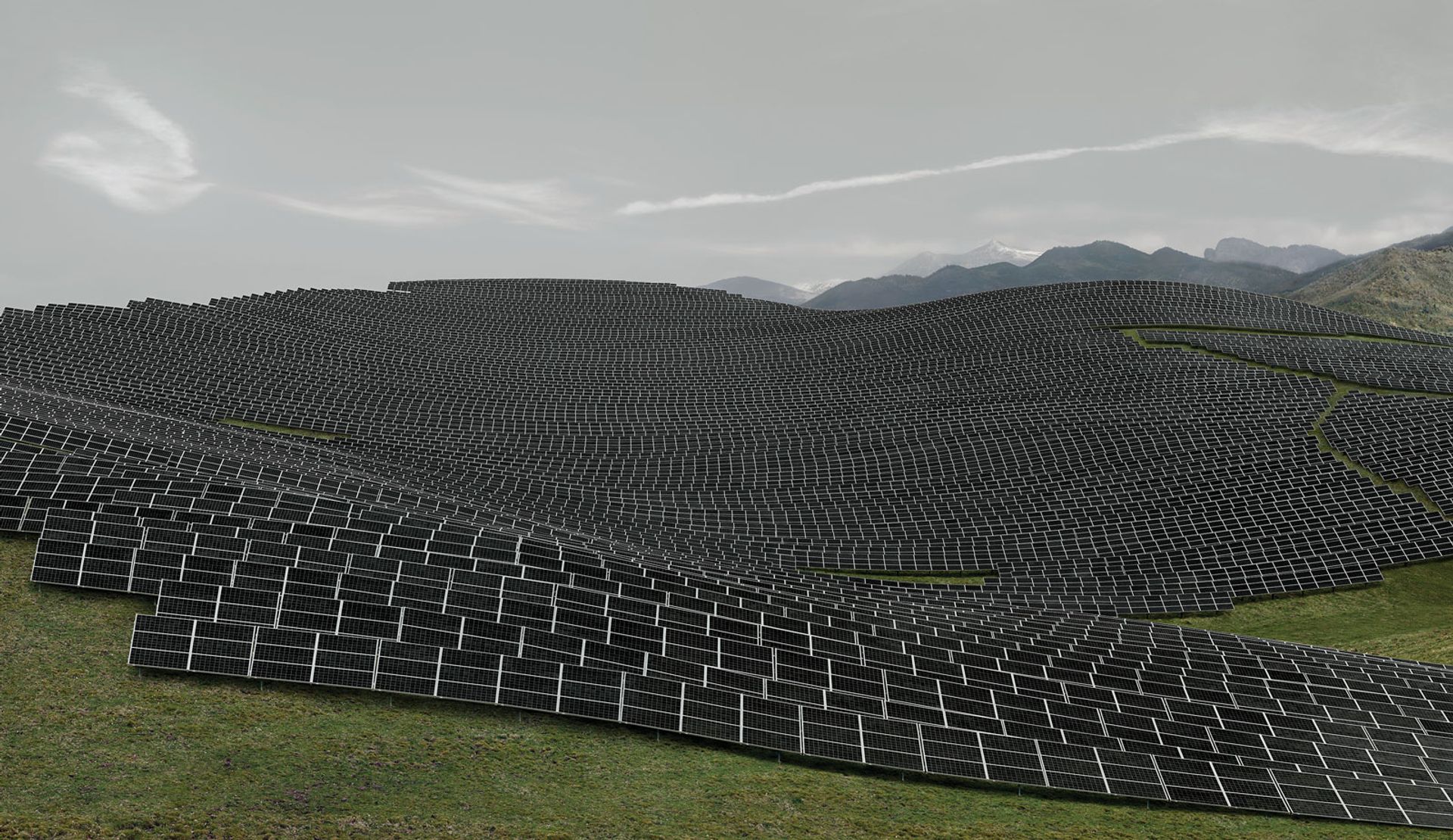
That an Andreas Gursky exhibition (24 January-22 April) is opening the refurbished Hayward Gallery on its 50th anniversary is symbolic of the shifts in art over those five decades. Then, art museums were beginning to open up to photography, but the scale of printed images was still relatively small. Gursky is part of the generation that changed all that in the 1980s, taking advantage of new technologies to make colour images of a size comparable to the “grandes machines” of 19th-century salons. Examples in the new show include 99 Cent II (1999/2009, above), which measures more than 3m in width. Andreas Gursky / DACS, 2017, courtesy of Sprüth Magers

Large formats are vital to the success of Gursky’s work. Arguably, no other artist has captured the scale of late capitalism and globalism as effectively as the German. Images like the Chicago Board of Trade (1999) and Amazon (2016, above), picturing the online company’s enormous warehouse in Phoenix, Arizona, represent a new kind of sublime, with all the terror and beauty that term conjures. Andreas Gursky / DACS, 2017, courtesy of Sprüth Magers

Though he was taught dark-room photography by the great Düsseldorf duo Bernd and Hilla Becher, Gursky has, since the early 1990s, been at the forefront of digital photography: his great Paris, Montparnasse (1993) is two images seamlessly joined to create an unending image of a Modernist block of flats. He continued to digitally manipulate his images, creating surreal landscapes such as Bahrain I (2005, above), which shows Bahrain’s Formula One race track. Andreas Gursky / DACS, 2017, courtesy of Sprüth Magers

Some critics question whether digital manipulation has grown too dominant recently, as in Les Mées (2016, above) or Review (2015), where he rather crassly pictures politicians, including Angela Merkel, contemplating a Barnett Newman zip painting. Andreas Gursky / DACS, 2017, courtesy of Sprüth Magers
That an Andreas Gursky exhibition (24 January-22 April) is opening the refurbished Hayward Gallery on its 50th anniversary is symbolic of the shifts in art over those five decades. Then, art museums were beginning to open up to photography, but the scale of printed images was still relatively small. Gursky is part of the generation that changed all that in the 1980s, taking advantage of new technologies to make colour images of a size comparable to the “grandes machines” of 19th-century salons. Examples in the new show include 99 Cent II (1999/2009, above), which measures more than 3m in width. Andreas Gursky / DACS, 2017, courtesy of Sprüth Magers

